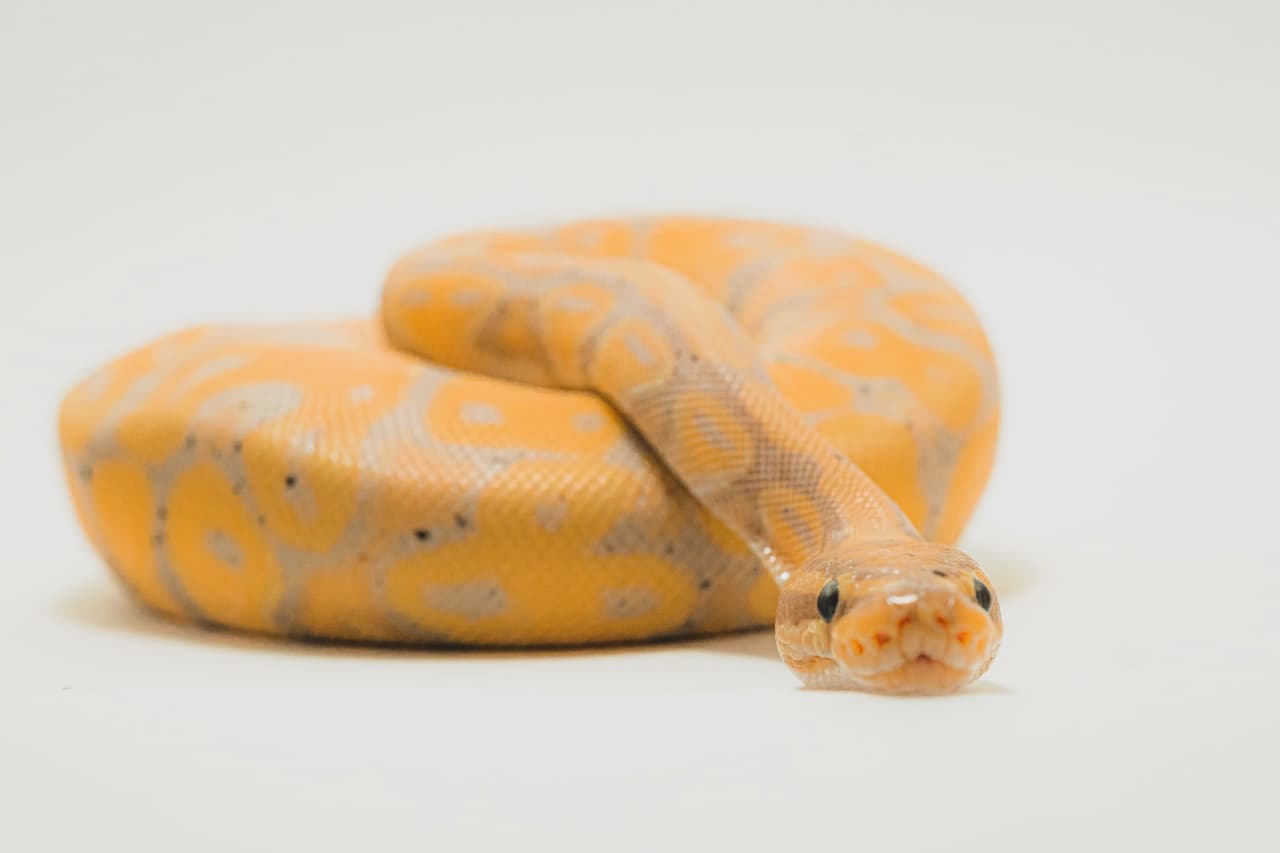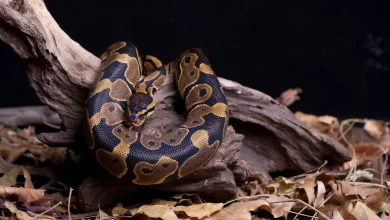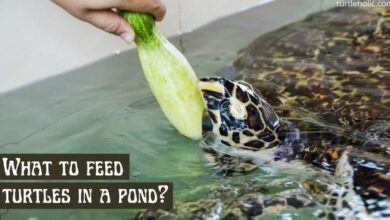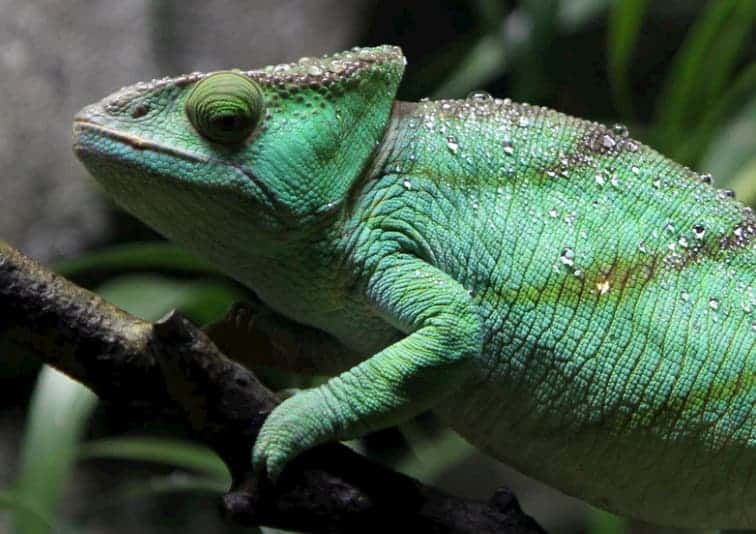Dealing With Non-Venomous Snake Bites & What To Do
In our opinion, most snakebite cases are not the fault of the snake, but of the person working with the snake or in its vicinity. Snakebites can be avoided by people using common sense.
I’ve been bitten by a variety of snakes including kingsnakes and rat-snakes. I had a western hognose female snake who seemed to be fascinated by my fingers. I never let her latch on to bare skin. When handling her, I always used lightweight gardening gloves. I am not interested in knowing if the venom of hognoses will affect me significantly, no matter how “mild”.
Non-Venomous Snake Bites From A Kingsnake
By far the worst snakebite (pain wise and difficulty in removing) came, of all things, from a 2-foot long Mexican black kingsnake that I was attempting to socialize. It took me close to an hour to get this snake detached long enough to get it back to its cage. The snake was just downright ornery and did not appreciate me handling him one bit. Each training session with the snake resulted in a bite, and each bite was worse in terms of getting the snake to let go.
Normally I do not bleed much from snakebites – if at all. However, to date the bloodiest snakebite I have
Non-Venomous Snake Bites Damage
For the most part all of the snakes that bit me did very little damage and only the bite from the large garter actually left a small permanent scar. There is a little matching scar for the bite scar from an iguana on the same hand which helps to balance out the other hand where I have small scars from gerbil, rat and squirrel bites. Some of the bites from larger snakes such as the Burmese python did leave “v-tracks” from the teeth and bruises on my hands, but after a few days, the marks and bruises faded away to nothing.
By far most of my experiences have been with relatively small snakes, the largest of which was 8 feet long. I like to think that the pain and overall damage caused was less than that of a paper cut. I barely even noticed the bite from the Burmese python. The first time he ever got a hold of me and I did not even realize that he was biting my wrist until my backup alerted me to the fact. I had been cleaning rat cages earlier in the day and apparently did not clean up as thoroughly as I thought. I was removing the snake from his cage to use in a program. I had his upper body in one hand and reached into the cage to get the rest of him out. I was not watching his head and he smelled “rats” and struck my wrist. His mouth completely encircled my wrist and I never felt it. Thankfully, the snake realized his mistake and so did not attempt to constrict. It did take about 15 minutes to disengage him because he was unable to let go on his own. He had no room to “unhook” his teeth because my wrist was completely in his mouth. The worst part about bites from small snakes is usually that brief moment of complete startlement that gets your adrenalin up rather than the bite itself.
Non-Venomous Snake Bites From Boas Or Pythons
Non-venomous snake bites in general are not dangerous or life threatening. However, large pythons and boas can deliver some very serious bites resulting in stitches needed to help get the bleeding to stop. It is always advisable to never handle any large, powerful snake like a boa or python without having someone (who is familiar with and comfortable with dealing with large snakes) to be there as a “backup” should anything go wrong. An 8-foot long boa or python can kill a person under the right conditions and it does not take much to create the right conditions.
Handling Snakes While Non-Venomous Snake Bites Occur
Always use caution when dealing with animals of any kind! Any animal with a mouth is capable of delivering a bite especially when it is startled, scared, hurt, hungry, or feeling defensive. Some snakes will easily mistake you for food if you are not careful about washing up after handling “prey” items. Some snakes go into a feeding “frenzy” while being fed and can strike out and attack you without really realizing that you are not supposed to be their “food”. All they see is something warm moving towards them and there is the smell of “food” in the air. Food related bites are especially dangerous when the snake is a large python or boa. Young people and adults have been killed by their “tame pets” because they were stupid and didn’t take any kind of sensible precautions that are necessary for keeping such large snakes.
All snakes are capable of biting when least expected. There really is no such thing as a “tame” snake. The most you can really expect from a reptile is tolerance. Snakes, just like other animals or even people, are individual in their overall “personality.” Some snakes are more tolerant than others about what is going on around them. If you are handling an untrustworthy or unfamiliar snake, hold the snake firmly, but gently behind the head with one hand while supporting the body with your other hand. Do not squeeze the snake’s neck, as the snake will not appreciate that especially if you are cutting of his air supply in the process. Some wild “untamed” snakes seem to appreciate a free hand method when working with them that does not confine them as compared to holding their head in place with your hand; again, it is an individual personality trait.
If a snake bites you and does not let go, (hard as it sounds) DO NOT jerk your hand away from its mouth and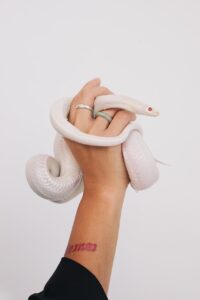
Gently and carefully disengage the snake’s mouth and teeth away from your arm, hand, or where ever the snake has bitten you by pushing the snake’s head forward and then up which helps to “unhook” the snake’s teeth from your skin. Snakes have teeth that curve inward. If you are having trouble doing this by yourself, have someone else help to disengage the snake’s mouth. Sometimes taking the back side of a butter knife or a credit card and sliding it between your skin and the snake’s mouth can help to disengage the teeth.
If the snake is clamping down too firmly and/or constricting (some kingsnakes are like this) making it difficult for you to remove it easily, try placing a few drops of rum or whisky (not rubbing alcohol) into the snake’s mouth – most snakes cannot stand the taste of alcohol. Another method is sticking your hand and the snake into a bucket of cold water. Eventually the snake will need to let go and come up for air. Be ready with a towel to put over the snake to keep it from trying to bite you again. Wrap the snake in the towel and put it back into its cage.
Cleaning Non-Venomous Snake Bites
Wash the wound out with soap and water and use a topical disinfectant; use Neosporin or Betadine on the wound if necessary. If some teeth do become stuck in the wound, use tweezers to pull them out as you would a splinter. The wound under normal circumstances is not likely to become infected, but if it does, it may indicate that you missed finding a tooth.
Serious Non-Venomous Snake Bites
For major or serious bites (like you can’t get the bleeding to stop because of a ruptured vein or artery) you need go to the hospital as you likely will need stitches to close the wound up.
